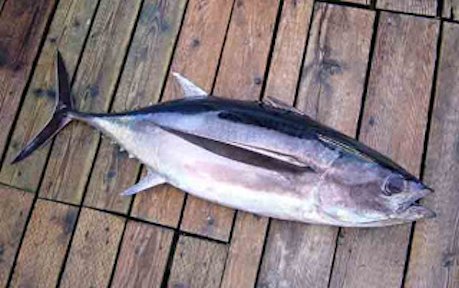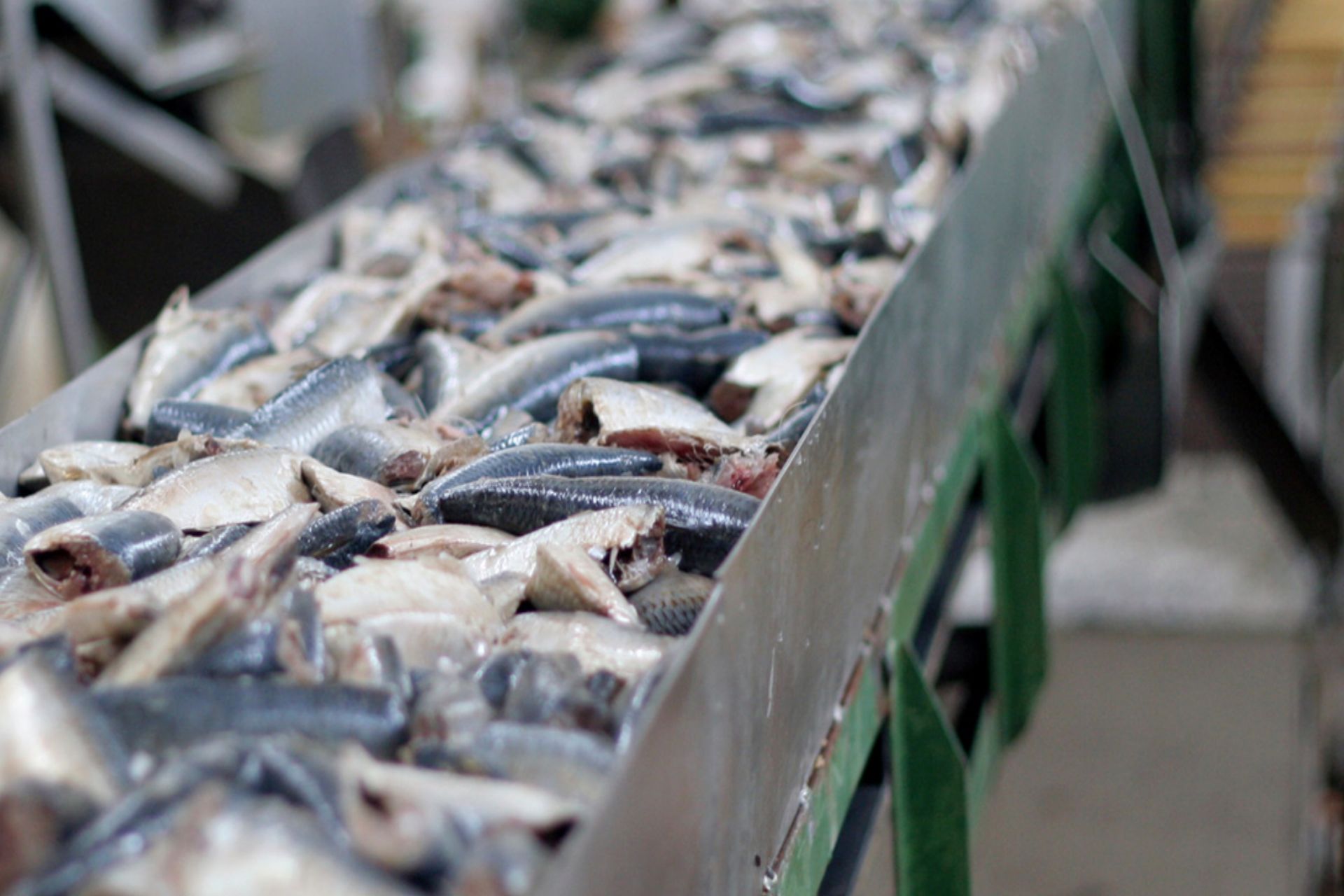At the moment Pesquera Pacific Bay Spa, it has authorized to elaborate and to export with its program of assurance of quality (PAC), where those mentioned in the inferior box stand out:
Species of fish authorized for PAC exports
Naturally inhabits the North Atlantic Ocean and adjacent waters, including the Great Lakes are the U.S. and Canada.
The average length of 45 cm. and weighs 7 kg Its color is brown, green or blue on the back, silvery sides and belly are silvery white.
The centers of Atlantic salmon smolts are distributed among the region VIII and XII, while the finishing phase is mainly concentrated in the X region.
This species of salmon is marketed in the world with a higher added value, so you can see how fresh fillet, smoked whole, sliced and vacuum, individual portions and fish as blocks, among others.
Its main export market is the United States and an important part of Latin America. Further processed products to Japan and Europe arrive.

Scientific Name: Merluccius gayi gayi
It comes from shallow coastal waters (50 meters deep) to the continental slope at a depth of 500 meters.
Sometimes background arising out of or in waters intermedias.Se feed on fish, crustaceans and calamares.Las females grow faster than males and fail to reach a very large size Family: Merlucciidae

Scientific Name: Macruronus magellanicus
Blue on the back, flanks and belly clearer. Usually Dispatched from Chiloe Island to the Strait of Magallanes. It is usually between 30 to 500 meters deep. It feeds mainly on myctophids, sardines, mysids, cephalopods, euphausiids, amphipods and also described the existence of cannibalism.
Family: Merlucciidae
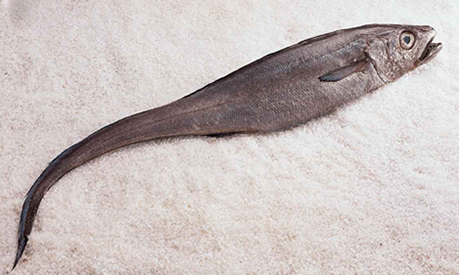
Scientific Name: Merluccius cephalus
Description: The Patagonian toothfish is very similar to hake. Can be distinguished because the toothfish has smaller eyes and muzzle bigger. Also reaches a larger size (up to 120 cm., Approximately), as well as also the back that has a dark blue-gray.
Family: Merlucciidae

Scientific Name: Genypterus chilensis
Description: They live along the coastline, from a few meters below sea level to over 500 meters deep. The red congrio its name from its belly, throat and lips are reddish. His body is apparently naked, elongated and compressed. Their median fins merge forming one around the rear end of the body. Adult size exceeds meter.
Family: Ophidiida
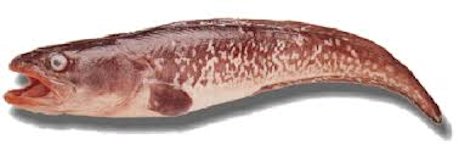
Scientific Name: Genypterus blacodes
Description: The three species of eels that live in Chile belong to the family Ophidiidae and live along the entire coastline, from a few meters below sea level to over 500 meters deep The cusk is the largest of the three species, grows to over two meters. Her skin is clear and very thick, so it is used to make leather goods.
Family: Ophidiidae
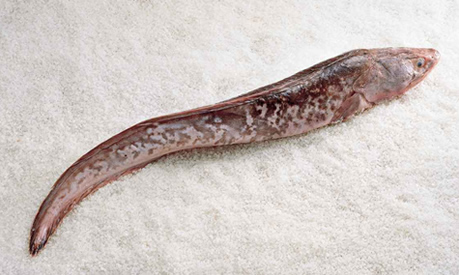
Scientific Name: Genypterus maculatus
Description: The black eel body is elongated and compressed to the posterior region, where it ends in a point. Back, head and body black with white spots; sides of homogeneous brown body with irregular white lines, like hieroglyphics, that run from anterior to posterior belly orange red with some white streaks; pectoral fin dark brown, with red upper and lower edge , her lips red upper and lower jaw.

Scientific Name: Brama Australis
Description: It’s a fish eats fish presumed small, is located in the center between the IV and V region of our country at depths averaging 105 m. The body is heavily covered with large ctenoid scales. The body color is silver gray with slightly darker back.
Family: Bramidae
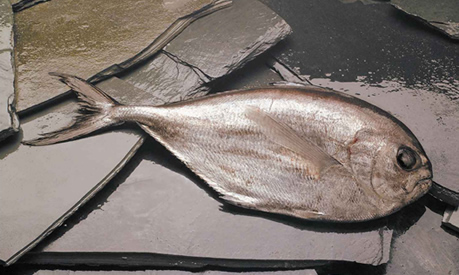
Scientific name: Xiphias gladius
Description: In Chile between Arica and Valdivia lives some miles offshore. Is often referred to also as Emperor and has an average weight of 110 kg but have come to capture specimens of more than 400 kg has a large dorsal fin and no pelvic fins.
Family: Xippidae
